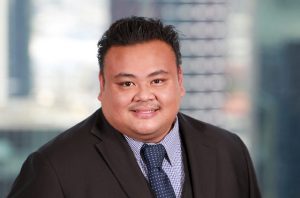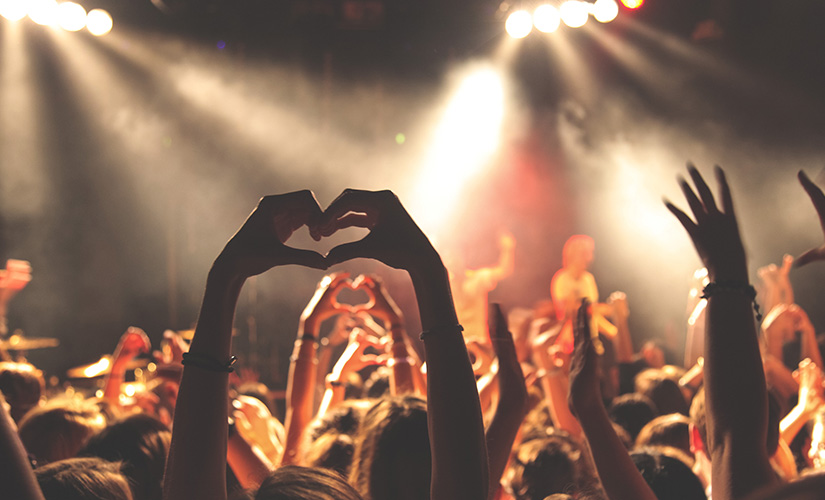
Individuals experiencing financial stress may think that bankruptcy is their only option, but another, more flexible solution that can be used to help settle debts, is a Personal Insolvency Agreement, also known as a Part X. A PIA is a legally binding agreement between a debtor and their creditors and is generally offered on the basis that creditors will receive a higher return than they would in a bankruptcy situation.
PIAs require a Registered Bankruptcy Trustee to be appointed, and they will take control of the debtor’s assets and make enquiries to determine if the offer being made under the PIA will result in a better return to creditors than in the debtor’s bankruptcy. The offer may be to pay part or all of the debts. While PIAs aren’t for everyone, they have benefits for both the financially stressed individual and the creditors. In the case study below, the debtor – a well-known Australian performer – was a prime candidate for this option.
Background
For a number of years, Joe (not his real name) was doing well with his career. The performing arts is a notoriously fickle industry, but Joe had regular gigs abroad and locally – including on the ABC. After working abroad for about 10 years, he decided to come home in 2019 for family reasons.
However, according to Jirsch Sutherland Principal Michael Chan, in the time Joe was outside Australia building a career, he was not paying sufficient tax. “When he returned in 2019, Joe was in the process of getting his tax affairs sorted and had started to pay off his debts,” Chan says. “However, in 2020, Covid hit, and the live gig economy was decimated. Joe found himself out of work and began suffering from mental stress. He went to a very dark place and only recovered with the help of friends and by undergoing various community health and wellbeing programs.”
Joe was keen to get on top of his debt and tried a number of ways to achieve this during the pandemic, including retraining as a way to future-proof his income. Still, by 2023, he had accumulated a tax debt, that compared to his income was significant. “Joe’s income was around $50,000-$80,000 a year and it was impossible for him to pay down this debt due to the lack of work opportunities in his career,” Chan says. “He had also accumulated some smaller pay-day loans to help pay for his living expenses, so in total, he owed creditors around $250,000.”
Solution
Joe came to Jirsch Sutherland for help, and after evaluating his financial situation and ability for financial reform, it was agreed he was a good candidate for a Personal Insolvency Agreement. “The key factors that determined this included the evidence and history of his reasons for his financial situation,” Chan says. “There was also evidence of him undertaking reforms, public interest through his career, and the ability to repay creditors a small and material dividend, which was better than what they would have received if Joe became bankrupt.”
A structured offer to creditors was produced that involved a repayment plan over 18 months that totalled around $67,000. The payments were to come from Joe’s future income and a small lump sum from his friends and family.
“The repayments were calculated at a rate that allowed Joe to pay for his ongoing living expenses, including entertainment, and which would not put him below the poverty line,” Chan says. “This was an important element of the plan as it provided greater surety that he would be able to commit to the plan over time.”
Result
As the Australian Tax Office was one of Joe’s biggest creditors, a representative attended the creditors’ meeting to ascertain its viability. “Based on our comprehensive assessment of Joe’s situation, we were able to reassure the ATO that he was a prime candidate for a PIA,” Chan says. “As a result, all resolutions were passed at the meeting unanimously and Joe has now successfully entered into a PIA.”
PIA advantages over bankruptcy
Chan says that a Personal Insolvency Agreement is an option that should at least be considered before taking the bankruptcy path. “For debtors, they offer immediate relief from debts and can be tailored to meet each person’s individual circumstances,” he says.
He adds, creditors also benefit from a PIA. “A PIA provides an independent review of a debtor’s financial affairs, and an independent recommendation is given as to the potential dividend rates under a PIA compared to bankruptcy,” Chan says. “There’s also a comparable or greater return than what a creditor would receive in a bankruptcy scenario and the return is generally more certain and paid over a shorter time period.”


